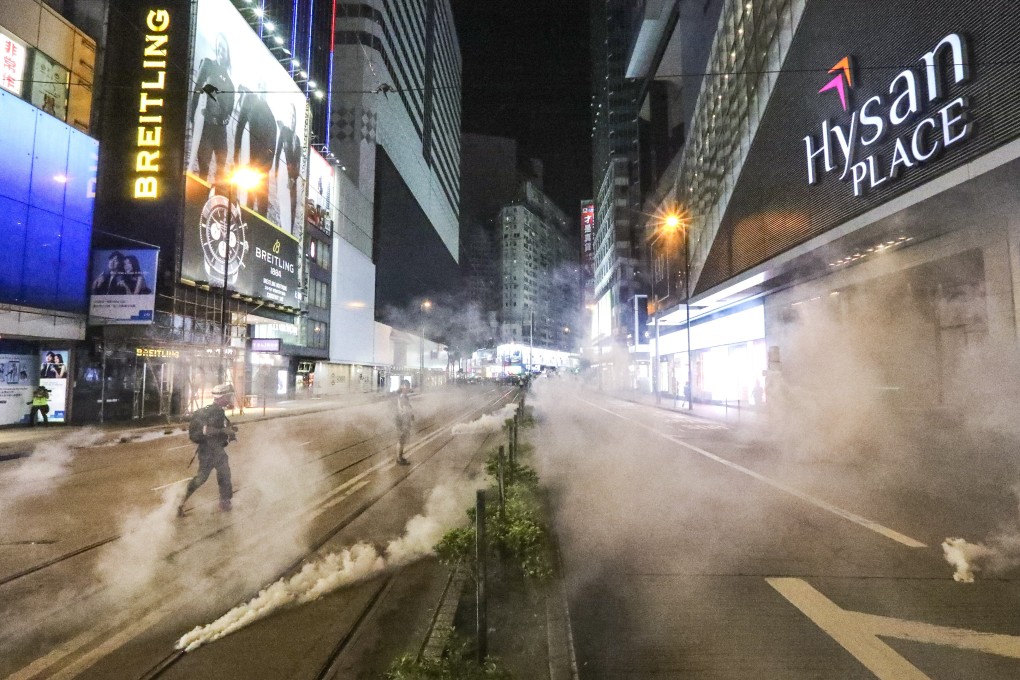Hong Kong tourism suffers worst downturn since Sars outbreak in 2003 – arrivals down 40 per cent in August over protest crisis
- Damage to tourism, one of the four pillar industries, sends shock waves through local trades from catering to hotels and retail
- Shocking scenes of emptiness at Disneyland and Ocean Park – with malls and shopping districts also feeling the pinch

Hong Kong’s tourism industry has suffered its worst downturn in more than a decade, with street protests decimating August arrival numbers and driving visitors from popular destinations such as Disneyland and Ocean Park.
Tourist arrivals fell nearly 40 per cent in August from the same time last year, Financial Secretary Paul Chan Mo-po posted on his blog on Sunday. That drop is the biggest year-on-year monthly decline since 2003 – during the severe acute respiratory syndrome (Sars) outbreak – and follows a 5 per cent drop in July.
Hong Kong’s pro-democracy protests, triggered by a controversial extradition bill, have entered their 14th week and show no signs of easing.
Protesters have forced the airport to close for two straight days, set fires in the streets across the city, and trashed dozens of railway stations.
We have suffered a huge blow from the protests
The damage to tourism, one of the four pillars of Hong Kong’s economy, has sent shock waves through local industries from catering to hotels and retail.
“We have suffered a huge blow from the protests,” said Wong Ka-ngai, chairman of the Hong Kong Tour Guides General Union, which represents some 3,200 out of the 6,000 tour guides in the city.